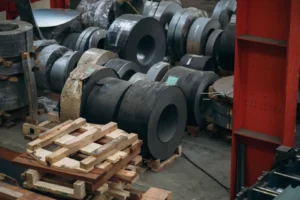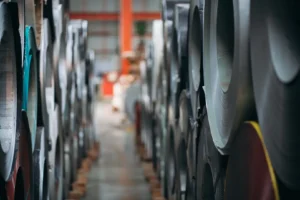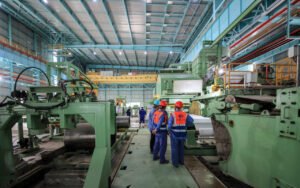How to Choose the Best Surface Finish for Your Stainless Steel Plate
Choosing the wrong finish can lead to costly failures. This decision impacts performance, budget, and longevity. Let's ensure you select the perfect one for your specific needs.
Choosing the best surface finish for a stainless steel plate involves a four-step process: defining the application's environment and function, understanding the different finish types like 2B and No. 4, balancing aesthetic and performance needs, and considering long-term maintenance and durability.
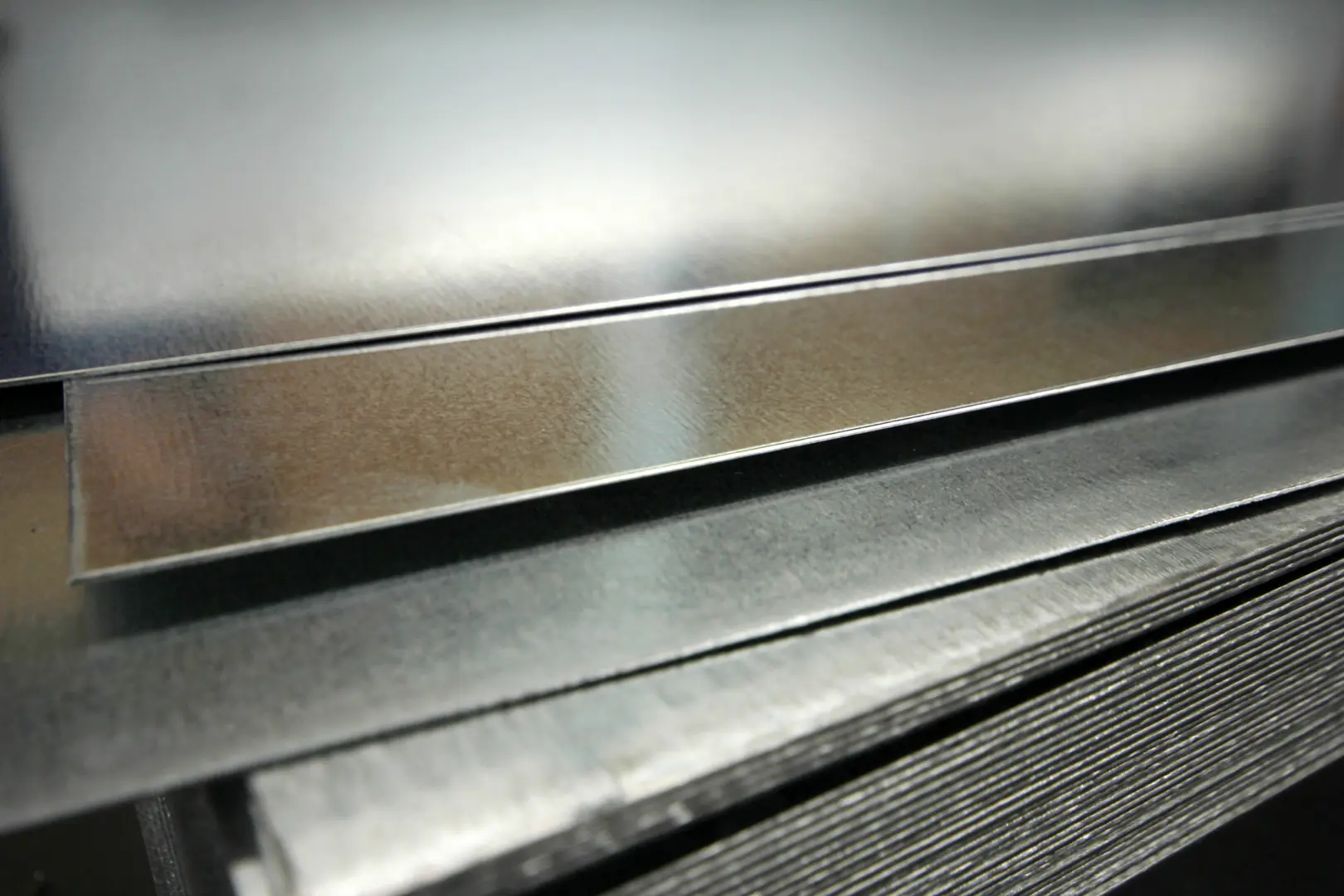
Selecting the right finish is more than a simple design choice; it's a strategic decision that directly affects the lifecycle cost[^1] and performance of your final product. As the Global Business Director at MFY, I've seen firsthand how a well-chosen finish can prevent problems down the line, from corrosion in a marine environment to maintenance issues in a busy commercial kitchen. It's a critical detail that separates a good project from a great one. Let’s walk through the key considerations to help you make an informed decision with confidence.
How do you identify the specific application requirements for your stainless steel plate?
Unsure where to begin your selection process? A wrong choice at this stage can be very costly. Start by clearly defining the plate's environment and its primary function.
To identify application requirements, you must assess the operational environment for corrosive elements, understand the mechanical stresses like abrasion it will face, and check for any regulatory or industry standards, such as hygiene codes.

Before we can even talk about finishes like '2B' or 'No. 4', we must first become detectives and investigate the life your stainless steel plate will live. This is the most crucial step. I remember a client in the food processing industry who initially opted for a standard finish to save on costs. However, they faced contamination issues because the surface wasn't smooth enough for their rigorous cleaning protocols. We helped them switch to a No. 4 finish, which immediately solved the problem and ensured they met all hygiene regulations. This experience taught me that a deep analysis upfront saves a lot of time and money later.
Environmental Factors
Start by asking where this plate will be used. Is it indoors in a controlled environment, or outdoors exposed to rain, salt, and sun? The presence of chlorides, acids, or high humidity dramatically increases the risk of corrosion. For architectural applications near the coast, for example, a smoother, more corrosion-resistant finish is essential to prevent rust and maintain its appearance.
Mechanical Stress
Next, consider the physical demands. Will the surface be in a high-traffic area, subject to scratches and impacts? Or will it be a decorative panel that is rarely touched? In heavy-duty industrial environments, a finish that can withstand abrasion is key. In contrast, for a reflective ceiling panel, the primary concern might be maintaining a flawless look.
Regulatory and Industry Standards
Finally, what rules must you follow? Industries like food processing, pharmaceuticals, and medical devices have strict hygiene standards[^2]. A finish must be non-porous and easy to sterilize. For public spaces, safety might be a concern, requiring a finish with specific non-slip properties.
| Factor | Key Question | Example Finishes |
|---|---|---|
| Environment | Will it be exposed to moisture or chemicals? | 2B for dry indoors, No. 4 for kitchens |
| Mechanical Stress | Will it get scratched or hit often? | Patterned or No. 4 for high traffic |
| Regulations | Are there hygiene or safety standards? | 2B or No. 4 for food grade |
What are the different types of stainless steel surface finishes available?
Confused by industry terms like 2B, No. 4, or BA? This jargon can feel overwhelming. Let's break down the most common finishes in simple, practical terms.
The most common stainless steel finishes range from the dull, matte 2B finish and the general-purpose brushed No. 4 finish to the highly reflective Bright Annealed (BA) and the perfect No. 8 mirror finish.

Understanding the language of finishes is key to getting exactly what you need. Think of it like choosing a paint finish for a room—matte, eggshell, and gloss all serve different purposes. At MFY, we handle these materials every day, so let me give you a straightforward guide to the finishes you'll encounter most often. There's no single "best" finish, only the one that is best for your specific job.
The Workhorse: 2B Finish
This is one of the most common and cost-effective finishes. It is a smooth, moderately reflective surface produced by cold rolling[^3] followed by annealing[^4] and a light skin pass. It's not flashy, but it's highly functional. You'll find it widely used in industrial equipment, chemical processing tanks, and other applications where appearance is secondary to performance and cost.
The All-Rounder: No. 4 Finish
This is probably the finish you see most often. It has a distinctive brushed look, created by polishing the steel with a fine abrasive belt. Its main advantage is that its uniform grain helps hide minor scratches, fingerprints, and dings, making it perfect for kitchen appliances, sinks, and high-traffic areas like elevator panels and architectural trim. It offers a great balance of aesthetics, durability, and cost.
The Specialists: BA and No. 8 Mirror Finishes
When you need high reflectivity[^5], these are your go-to options. Bright Annealed (BA) finish is produced in a controlled atmosphere furnace, resulting in a very bright, reflective surface that is almost mirror-like. The No. 8 finish takes this a step further through extensive polishing to create a true, flawless mirror reflection. These are used for decorative applications, architectural accents, and reflectors.
| Finish | Appearance | Common Applications |
|---|---|---|
| 2B | Smooth, matte, moderately reflective | Industrial equipment, chemical tanks |
| No. 4 | Brushed, uniform satin grain | Kitchen appliances, architectural trim |
| No. 8 Mirror | Highly reflective, flawless mirror | Decorative panels, architectural accents |
How do you evaluate the aesthetic and functional needs of your project?
Does it need to look good or just perform well? Balancing beauty and brawn is a common challenge. Let's explore how to find the right balance for your project.
Prioritize function first by defining non-negotiable requirements like corrosion resistance and durability. Then, layer on aesthetic needs like texture or reflectivity to meet the project's design goals without compromising essential performance.
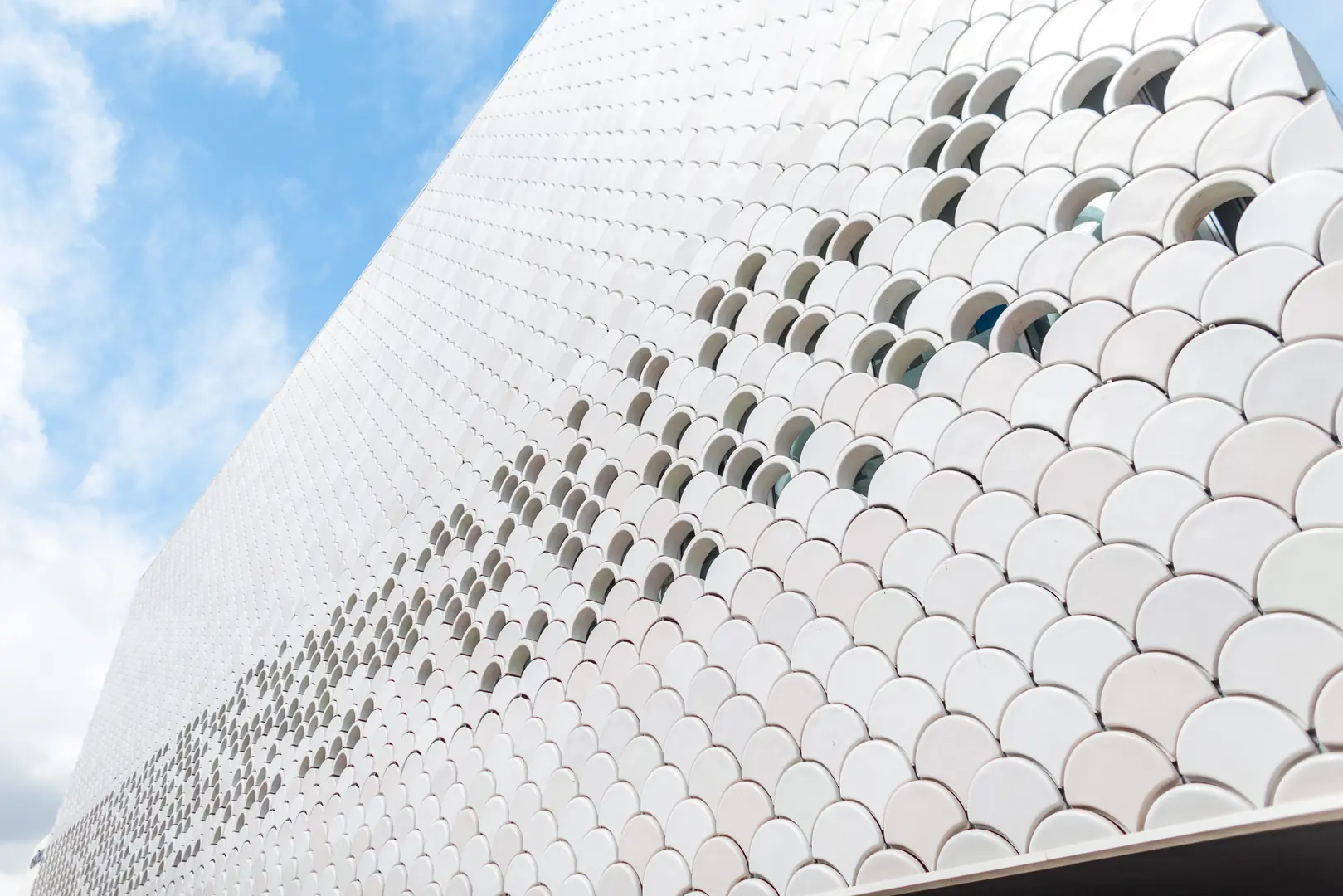
The choice between function and aesthetics is not always an either/or scenario. In fact, the best material choices often serve both needs perfectly. The key is to understand your project's core purpose. I worked on a large hotel project where the designers wanted a stunning mirror finish for the main lobby columns. However, the engineering team was concerned about scratches and maintenance in such a high-traffic area. We found a solution by proposing a patterned, textured finish that offered a high-end, light-reflecting aesthetic while being far more durable and forgiving than a true mirror finish. It was the perfect compromise.
When Function is King
For many industrial applications, performance is the only thing that matters. Think about internal components in machinery, storage tanks for non-corrosive materials, or structural supports that will be hidden from view. In these cases, a simple, cost-effective 2B finish is often the smartest choice. It provides the necessary corrosion resistance and strength of stainless steel without the added cost of polishing for an appearance no one will ever see. This is where focusing on lifecycle cost over initial price pays off.
When Aesthetics Drive the Choice
In contrast, for consumer-facing products or architectural projects, the look and feel are paramount. This is where finishes become a central part of the design language. For a luxury building's facade, a restaurant's kitchen backsplash, or high-end appliances, a No. 4 brushed finish or a BA reflective finish can elevate the entire project. Here, the surface finish is not just a protective layer; it's a key feature that communicates quality and modern design.
Finding the Sweet Spot
Many projects require a perfect blend of both. Commercial kitchens are a classic example. The stainless steel surfaces must be hygienic, easy to clean, and durable enough to withstand constant use (function). At the same time, they need to look clean, professional, and modern for an open-kitchen concept (aesthetics). The No. 4 finish is the industry standard here precisely because it delivers on both fronts so effectively.
What maintenance and durability aspects should you consider for each finish?
Worried about long-term upkeep and wear? The wrong finish can mean constant cleaning or early replacement. Let's consider the total cost of ownership, not just the upfront price.
Smoother, more reflective finishes like 2B and No. 8 are generally easier to clean but show fingerprints and scratches more easily. In contrast, brushed or patterned finishes like No. 4 excel at hiding minor wear and tear.
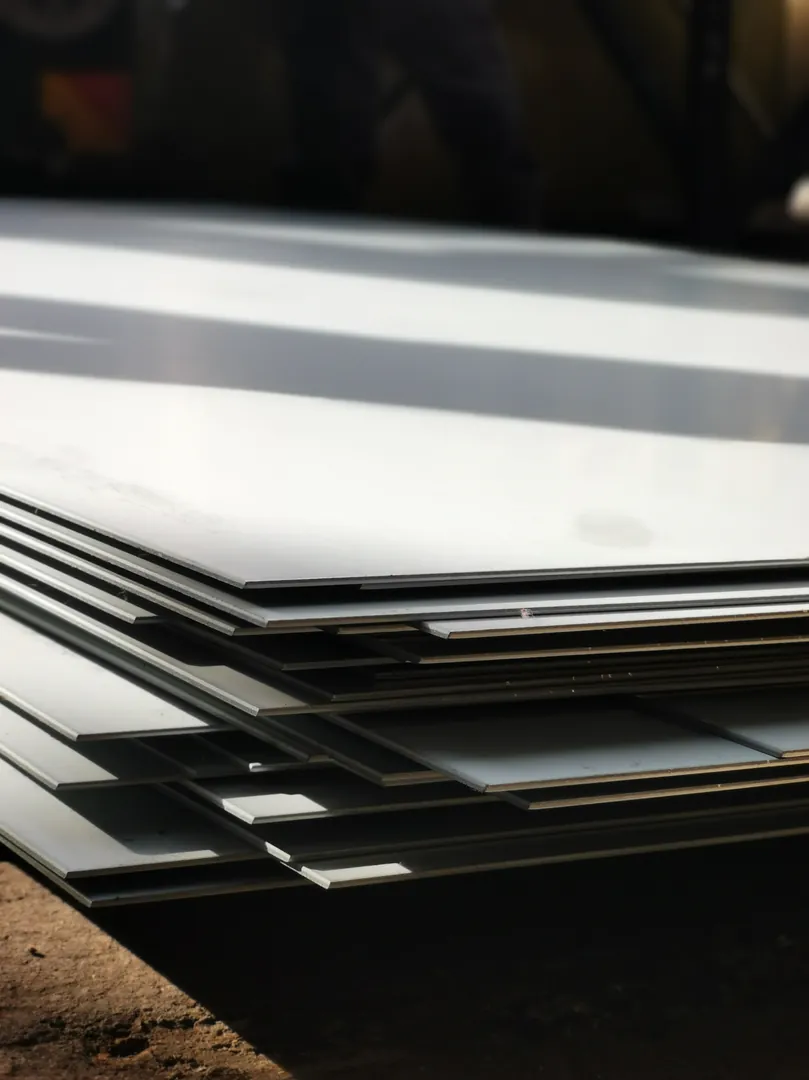
A stainless steel plate's life doesn't end after installation. Its interaction with the environment and people over time determines its true value. A finish that looks great on day one but is a nightmare to maintain can quickly become a liability. This is why we always advise our clients to think about the long-term implications of their choice. A slightly higher initial investment in a more durable or easier-to-maintain finish can lead to significant savings in labor and replacement costs over the years.
Ease of Cleaning
For applications in food, medical, or pharmaceutical industries, cleanability is non-negotiable. Smoother finishes like 2B and BA are less likely to trap particles and bacteria, making them easier to wipe down and sterilize. Rougher or deeply textured finishes can present cleaning challenges and may not be suitable for these highly sanitary environments.
Scratch and Abrasion Resistance
How well does the finish hide everyday wear and tear? This is a huge factor for durability. A No. 8 mirror finish is stunning, but a single deep scratch can ruin its perfect reflection and is difficult to repair. A No. 4 brushed finish, with its linear grain, is much more forgiving. Minor scratches tend to blend in with the existing pattern, keeping the surface looking good for longer in busy areas.
Long-Term Lifecycle Costs
This is where the strategic nature of your decision becomes clear. A 2B finish might be the cheapest option initially, but if it's used in a public area where it gets easily scuffed and looks worn, the cost to regularly clean or eventually replace it could be high. Opting for a No. 4 finish in that scenario might cost slightly more upfront but will look better for longer, reducing overall lifecycle costs.
| Finish | Maintenance Effort | Scratch Visibility | Lifecycle Value |
|---|---|---|---|
| 2B | Low (Easy to clean) | High (Shows easily) | Good for hidden parts |
| No. 4 | Medium (Hides dirt) | Low (Blends in) | Excellent for public areas |
| No. 8 Mirror | High (Shows everything) | Very High (Hard to repair) | Best for protected decor |
How can a strategic partner help you make the final decision?
Feeling overwhelmed with all the options? Making the final call alone can be risky. A knowledgeable partner provides the clarity and confidence you need to choose correctly.
A strategic supply chain partner like MFY offers deep technical expertise, provides a wide range of finish samples for evaluation, and uses market insights to help you select the most cost-effective and high-performing option for your project.
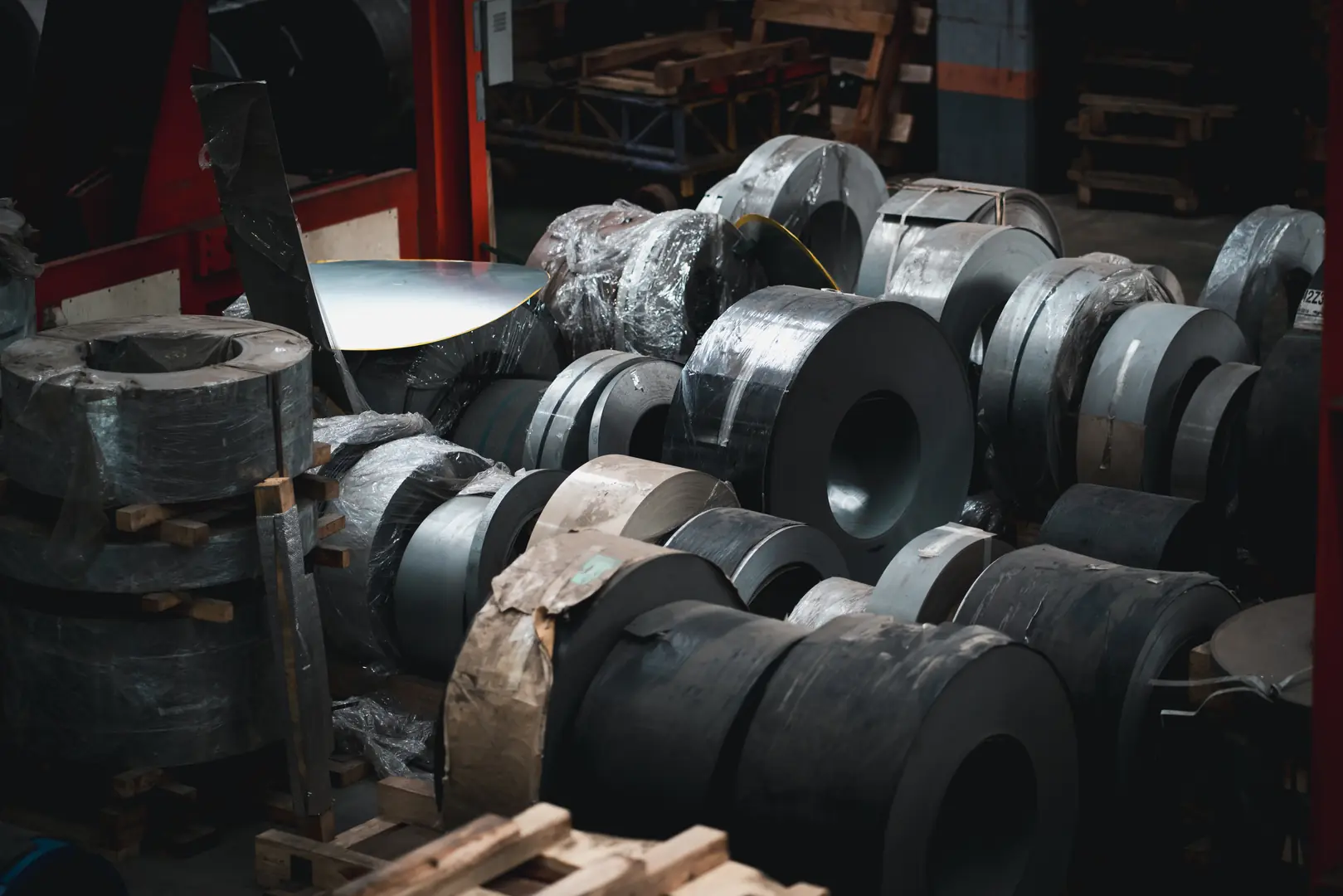
Making the right decision is easier when you're not alone. The complexities of modern industrial requirements mean that having an expert in your corner is more valuable than ever. At MFY, we see our role as more than just a supplier; we are a partner invested in the success of your project. We leverage our deep integration in the stainless steel industry—from raw materials to final delivery—to provide solutions, not just products.
Leveraging Technical Expertise
A true partner does more than take your order. We ask the right questions. We might uncover a detail about your application's environment or usage that points toward a different, more suitable finish. Our technical teams have seen thousands of applications across dozens of industries, and we bring that collective experience to your project, helping you avoid common pitfalls and optimize for performance.
Access to a Comprehensive Supply Chain
Choosing a finish on paper is one thing; seeing and feeling it is another. As a fully integrated group, MFY has access to a vast inventory and production network. This means we can provide physical samples so you can see exactly how a finish looks and performs. It also means we can reliably source the specific finish you need and deliver it quickly, keeping your project on schedule.
A Focus on Your Success
Ultimately, our goal is to build a long-term relationship. We succeed when you succeed. We are here to help you navigate the increasing complexity of material selection, delivering customized solutions that enhance the longevity, performance, and value of your work. We don't just sell you a plate of steel; we ensure it's the right plate of steel for the job.
Conclusion
Choosing the right stainless steel finish is a critical strategic decision that balances function, aesthetics, and cost. By systematically analyzing your application's needs and working with a knowledgeable partner, you can confidently select a finish that ensures long-term performance and success for your project.
Have Questions or Need More Information?
Get in touch with us for personalized assistance and expert advice.
